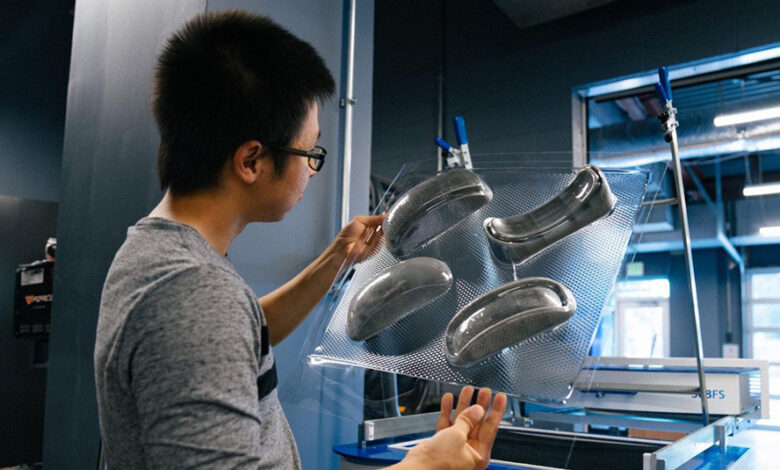Key Factors in the Thermoforming Process for Consistent Quality

Thermoforming is a widely used manufacturing process for producing plastic parts with varying complexities, from simple trays to intricate automotive components. Consistently achieving high-quality parts is essential for the success of thermoforming operations. This article explores the key factors that contribute to consistent quality in the thermoforming process.
Introduction
Thermoforming is a versatile manufacturing technique that involves heating a thermoplastic sheet to a pliable state and then forming it over a mold using vacuum pressure or mechanical force. While thermoforming offers numerous advantages, such as cost-effectiveness and design flexibility, maintaining consistent quality across production runs is thermoforming automotive parts crucial for meeting customer requirements and ensuring product performance.
Key Factors for Consistent Quality
1. Material Selection
The choice of thermoplastic material is fundamental to the quality of thermoformed parts. Different materials have varying properties, such as impact resistance, chemical resistance, and heat stability, which can significantly impact part quality. Manufacturers must select materials that are suitable for the intended application and capable of meeting automotive plastic parts manufacturers performance requirements while ensuring consistency in material properties from batch to batch.
2. Heating Process
Achieving uniform heating of the thermoplastic sheet is essential for forming parts with consistent thickness and properties. The heating process must be carefully controlled to prevent overheating or underheating, which can result in material distortion, poor surface finish, or dimensional inaccuracies. Advanced heating systems with precise temperature control mechanisms help ensure uniform heating and improve part quality.
3. Mold Design and Tooling
The design and construction of molds and tooling have a significant impact on the quality of thermoformed parts. Molds must be precisely machined to achieve the desired part geometry and dimensional tolerances. Proper venting and cooling systems are essential for controlling material flow and minimizing defects such as air traps, bubbles, and warpage. Regular maintenance and inspection of molds help ensure their continued performance and longevity.
4. Process Control and Monitoring
Maintaining tight control over process parameters is critical for achieving consistent quality in thermoforming. Process variables such as heating temperature, forming pressure, cooling rate, and cycle time must be carefully monitored and adjusted to optimize part quality and production efficiency. Automated control systems with real-time monitoring capabilities enable operators to identify and address process deviations promptly, minimizing the risk of defects and scrap.
5. Quality Assurance and Inspection
Implementing robust quality assurance measures throughout the thermoforming process is essential for detecting and preventing defects before they reach the customer. In-process inspections, such as visual inspections, dimensional measurements, and material testing, help identify non-conforming parts early in the production cycle, allowing corrective actions to be taken promptly. Final inspection and testing procedures ensure that finished parts meet all specified requirements before being released for shipping.
Conclusion
Consistent quality in the thermoforming process is achieved through careful attention to key factors such as material selection, heating process, mold design, process control, and quality assurance. By optimizing these factors and implementing best practices, thermoforming manufacturers can produce high-quality parts that meet customer expectations and industry standards. Continuous monitoring, process improvement, and employee training are essential for maintaining consistent quality and driving operational excellence in thermoforming operations.




